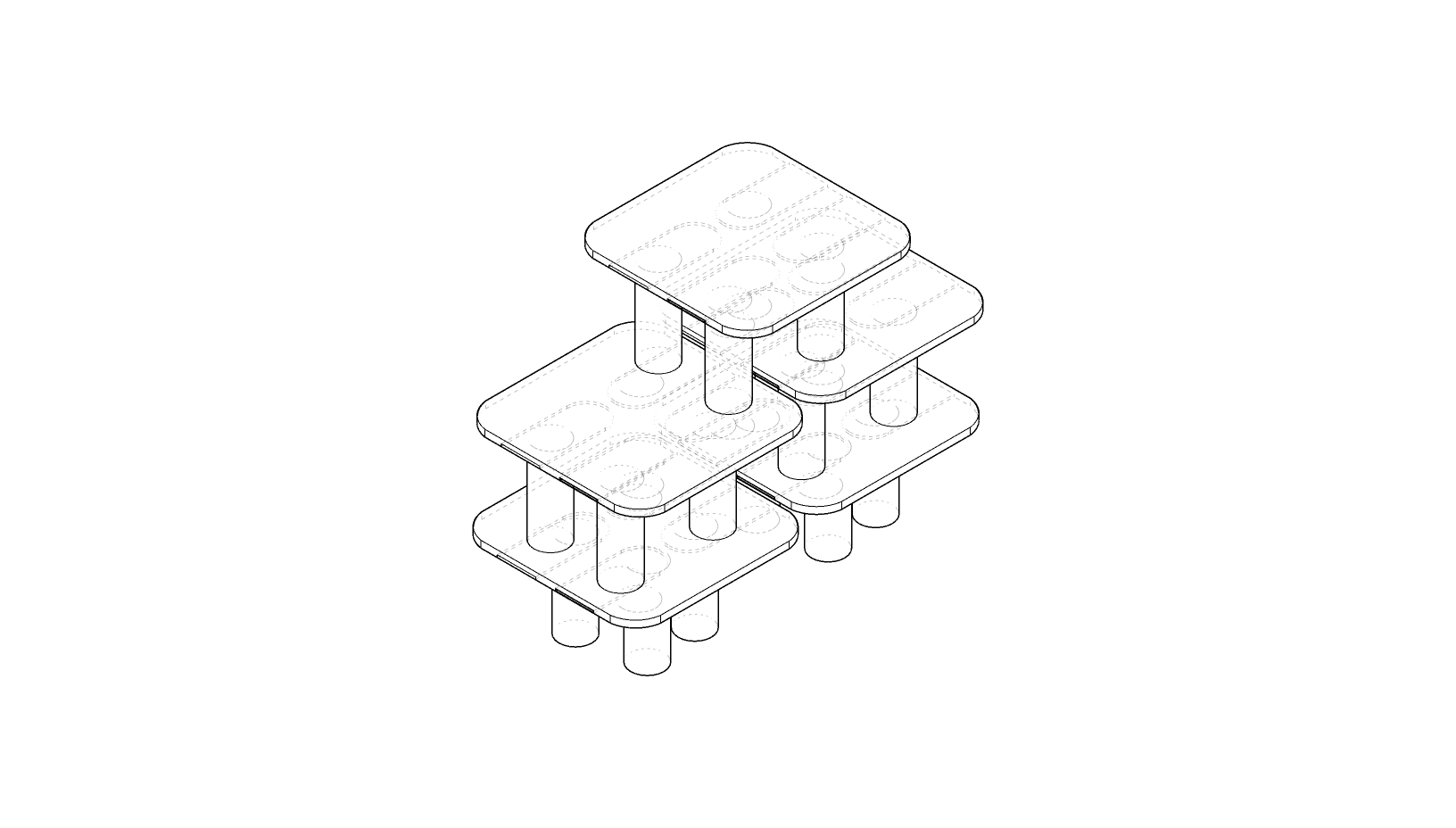Intro
EN
This product was developed to help in the education of primary school students, especially in 6th grade. It exercises motor coordination and strategy, helps in the learning of science, sustainability, mathematics, and text interpretation.
PT
Esse produto foi desenvolvido com o intuito de auxiliar na educação de alunos do ensino fundamental, especialmente do 6ºAno. Ele exercita coordenação motora e estratégia, ajuda na aprendizagem da ciência, sustentabilidade, matemática e interpretação de textos.
The Challenge
O Desafio
EN
The reality of Brazilian public schools shows a great difficulty for students to learn the contents of the curriculum. Many times, learning fails due to the students' lack of interest in the subjects, something that is common at the beginning of adolescence. The challenge of this project was to create a product that could facilitate the learning of the subjects by the students.
To do so, we went to understand the reality of those involved in the process closely and had a conversation with a group of students and teachers of a public elementary school in Brasilia. After the conversation, we decided that the best way to generate interest of the students in learning would be to create something with which they could interact, to "see" in practice what they are learning. Therefore, the idea we had was to create an educational game.
To do so, we went to understand the reality of those involved in the process closely and had a conversation with a group of students and teachers of a public elementary school in Brasilia. After the conversation, we decided that the best way to generate interest of the students in learning would be to create something with which they could interact, to "see" in practice what they are learning. Therefore, the idea we had was to create an educational game.
PT
A realidade das escolas públicas Brasileiras demonstra uma grande dificuldade do aprendizado dos alunos de conteúdos da grade curricular. Muitas vezes, o aprendizado é falho por conta da falta de interesse dos alunos nas disciplinas, algo que é comum no início da adolescência. O desafio desse projeto foi criar um produto que pudesse facilitar o aprendizado das disciplinas por parte dos alunos.
Para isso, fomos entender a realidade dos envolvidos no processo de perto e tivemos uma conversa com um grupo de alunos e professores de uma escola pública fundamental de Brasília. Após a conversa, decidimos que a melhor forma de gerar interesse dos alunos no aprendizado seria criar algo com que eles pudessem interagir, para "verem" na prática o que estão aprendendo. Para tanto, a ideia que tivemos foi a criação de um jogo educativo.
The Game
O Jogo
EN
After conducting a survey, we decided to create a game that dealt with the food chain. The game idea is to bring five wild species of Brazilian Cerrado that share the same food chain, and organize them in something physical which the children can interact and see instantly the consequences of their actions. After some researches, we thought that the perfect way to do that is to project a tower. With the idea conceived, we set off for the sketching stage.
PT
Após conduzir uma análise, decidimos criar um jogo que lidasse com a cadeia alimentar. A ideia do jogo é trazer cinco espécies selvagens do cerrado que compartilham a mesma cadeia alimentar, e organizá-las em algo físico que as crianças possam interagir e ver instantaneamente as consequências de suas ações. Após algumas pesquisas, pensamos que a maneira perfeita de fazer isso é projetar uma torre. Com a ideia concebida, partimos para a fase de sketch.
EN
On the sketch above, each color represents one level of the food chain. Each base is a species, and each column that is under the respective base is 1/4 of the population of this species in the environment. This logic followed the product until its final version. Besides the tower itself, to play the game, the children will need some cards which will give some actions that had to be done to the tower, like removing or adding pieces of columns. As was previously said, those columns represent the population amounts of the species, and the action of adding or removing them can affect the balance of the whole tower resembling the real-life environments.
A card example is the one that treats forest fires that kills 1/2 of the total amount of rabbits. In this case, the Children will have to remove half of the total of columns that are directly under the rabbit's base, affecting all the other species that are above the rabbit on the chain.
PT
No esboço acima, cada cor representa um nível da cadeia alimentar. Cada base é uma espécie, e cada coluna que está sob a respectiva base é 1/4 da população desta espécie no ambiente. Esta lógica seguiu o produto até sua versão final. Além da torre em si, para jogar o jogo, as crianças vão precisar de algumas cartas que darão algumas ações que tiveram que ser feitas à torre, como remover ou adicionar pedaços de colunas. Como foi dito anteriormente, estas colunas representam as quantidades populacionais da espécie, e a ação de adicioná-las ou removê-las pode afetar o equilíbrio de toda a torre, assemelhando-se aos ambientes da vida real.
Um exemplo de carta é a que trata os incêndios florestais que matam 1/2 da quantidade total de coelhos. Neste caso, as Crianças terão que remover metade do total de colunas que estão diretamente sob a base do coelho, afetando todas as outras espécies que estão acima do coelho na cadeia.






